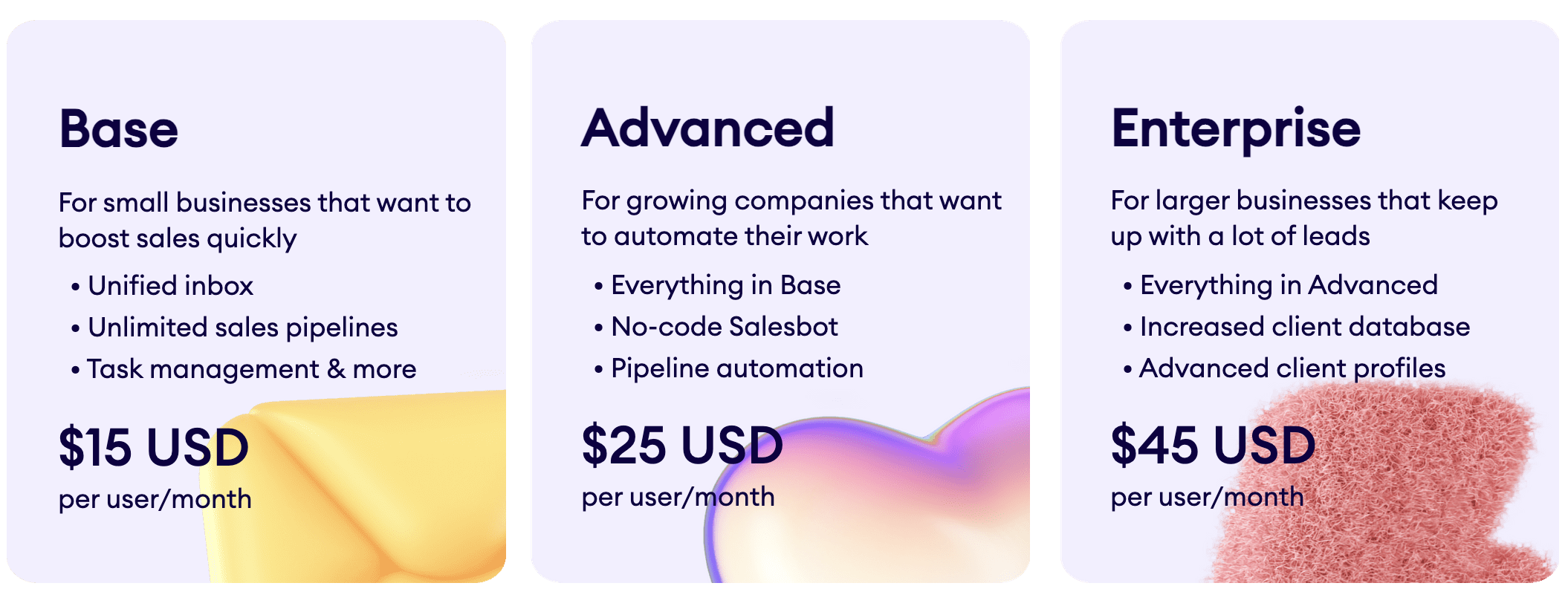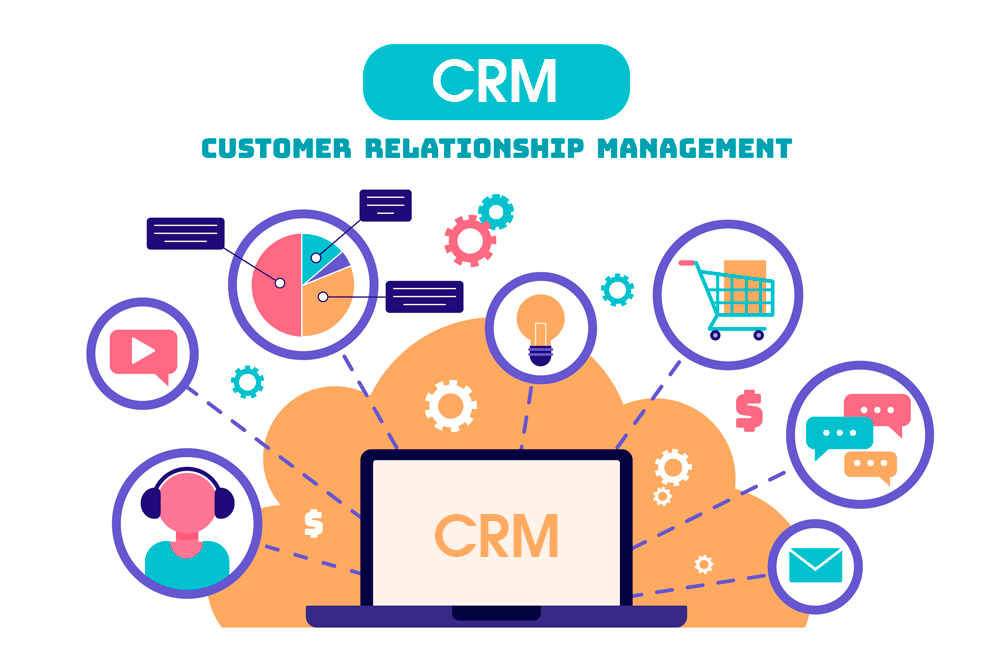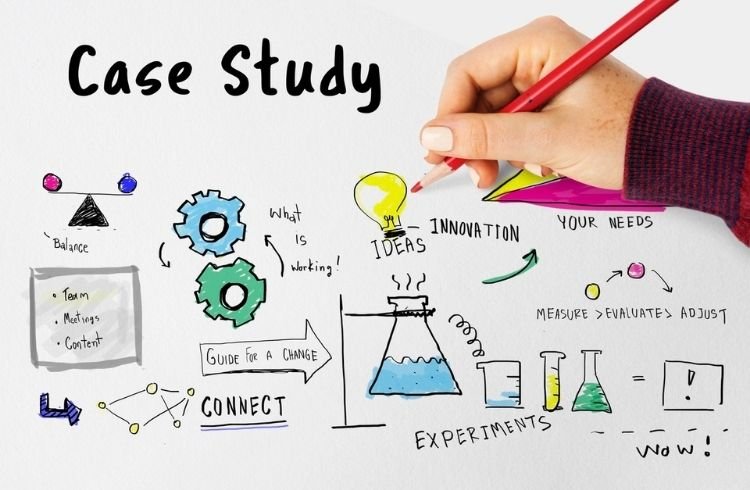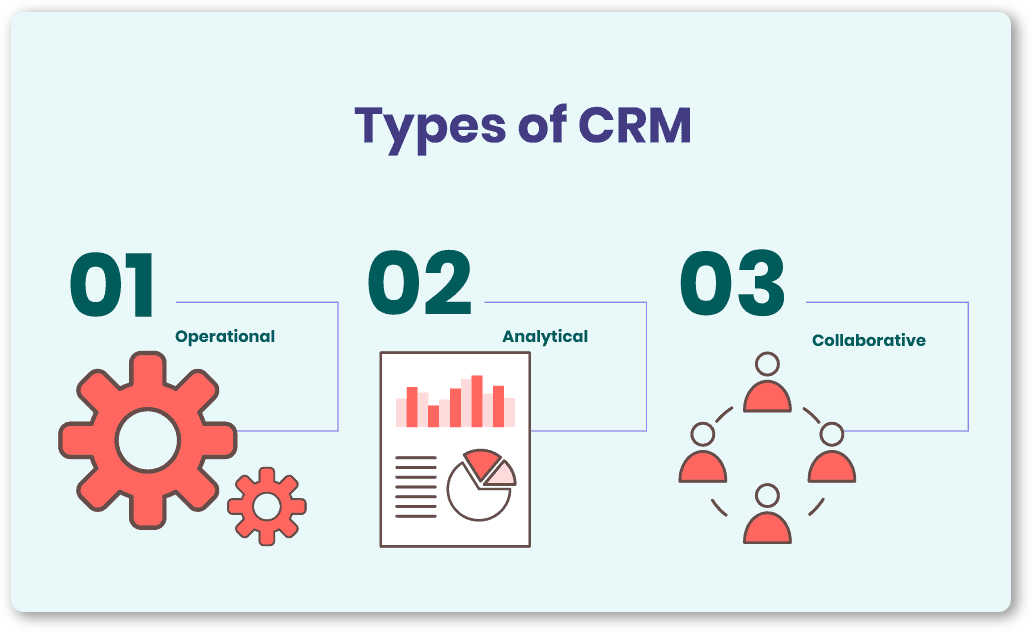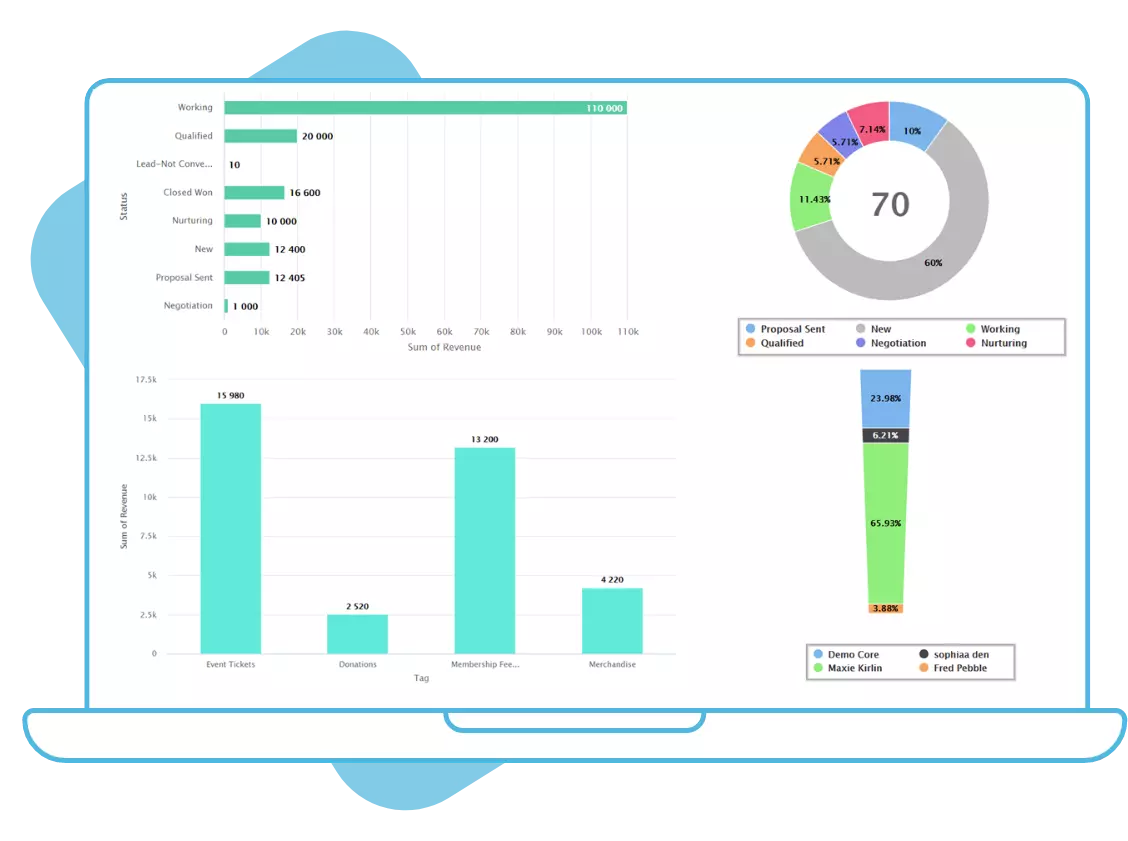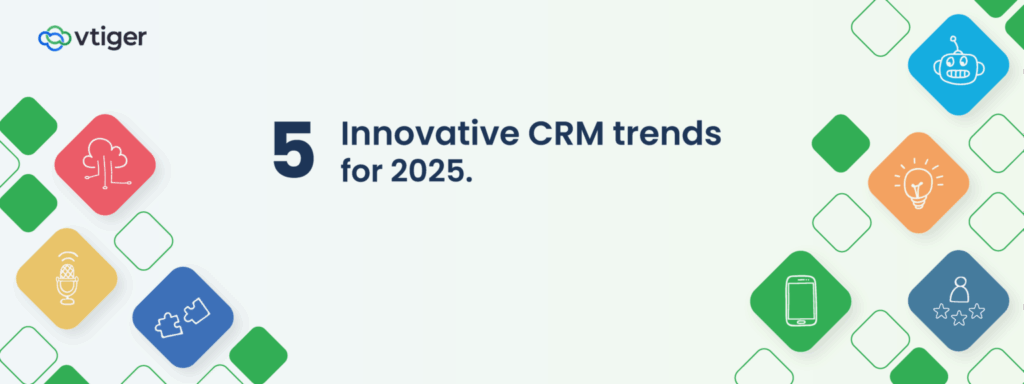
CRM Marketing Trends 2025: Navigating the Future of Customer Relationships
The world of Customer Relationship Management (CRM) is in a constant state of flux. What worked yesterday might be obsolete tomorrow. Staying ahead of the curve is crucial for businesses aiming to thrive in the competitive landscape. As we approach 2025, the trends shaping CRM marketing are becoming clearer, promising a future where customer relationships are more personalized, data-driven, and automated than ever before. This article dives deep into the key CRM marketing trends expected to dominate the scene in 2025, providing insights, examples, and actionable strategies for businesses of all sizes.
The Rise of AI and Machine Learning in CRM
Artificial intelligence (AI) and machine learning (ML) are no longer futuristic concepts; they are integral components of modern CRM systems. By 2025, we can expect even deeper integration of these technologies, transforming how businesses interact with their customers. AI-powered CRM systems will be capable of:
- Predictive Analytics: Foreseeing customer behavior, identifying potential churn, and predicting future purchases. This allows businesses to proactively engage with customers, offering personalized recommendations and preventing issues before they arise.
- Hyper-Personalization: Delivering highly tailored experiences based on individual customer preferences, past interactions, and real-time data. This goes beyond simply using a customer’s name in an email; it involves understanding their needs and providing relevant content, product recommendations, and offers at the perfect moment.
- Automated Customer Service: AI-powered chatbots and virtual assistants will handle a wider range of customer inquiries, freeing up human agents to focus on more complex issues. These bots will be able to understand natural language, provide instant solutions, and escalate issues when necessary.
- Automated Marketing Campaigns: AI will analyze customer data to automatically create and optimize marketing campaigns across various channels, ensuring the right message reaches the right customer at the right time.
Example: Imagine a retail company using AI to analyze customer purchase history, browsing behavior, and demographic data. The AI identifies a customer who frequently buys hiking gear and is located near a popular hiking trail. The system could then automatically send this customer a personalized email promoting a new line of hiking boots, along with a map of nearby trails and a special discount code.
Implementing AI in Your CRM Strategy
Integrating AI into your CRM strategy requires careful planning and execution. Here are some key steps:
- Choose the Right CRM Platform: Select a CRM system that offers robust AI capabilities and integrates seamlessly with your existing marketing and sales tools.
- Gather and Clean Your Data: AI algorithms rely on high-quality data. Ensure your customer data is accurate, complete, and well-organized.
- Define Your Goals: Clearly define what you want to achieve with AI. Are you trying to improve customer service, increase sales, or reduce churn?
- Start Small and Iterate: Begin with a pilot project and gradually expand your AI implementation as you gain experience and see results.
- Train Your Team: Provide your team with the necessary training to understand and utilize AI-powered CRM tools effectively.
The Omnichannel Experience: Seamless Customer Journeys
Customers interact with businesses across multiple channels: websites, social media, email, phone, live chat, and more. The omnichannel experience ensures that these interactions are consistent, personalized, and integrated, regardless of the channel a customer chooses. By 2025, the focus will be on creating truly seamless customer journeys that provide a unified brand experience.
Key Aspects of Omnichannel CRM in 2025:
- Unified Customer Profiles: A 360-degree view of each customer, aggregating data from all touchpoints. This allows businesses to understand customer preferences, past interactions, and current needs, regardless of the channel they are using.
- Consistent Messaging: Ensuring that the brand message, tone, and voice are consistent across all channels. This builds trust and reinforces brand identity.
- Personalized Interactions: Tailoring interactions to the individual customer, based on their past interactions and preferences. This includes personalized content, product recommendations, and offers.
- Seamless Transitions: Allowing customers to seamlessly switch between channels without losing context. For example, a customer can start a conversation with a chatbot on a website and then seamlessly transition to a live agent if needed.
- Proactive Engagement: Anticipating customer needs and proactively reaching out to them with relevant information and offers.
Example: A customer is browsing a product on a company’s website. Later, they receive an email with a personalized product recommendation based on their browsing history. If the customer has a question, they can initiate a live chat on the website. The live chat agent can see the customer’s browsing history and previous email interactions, allowing them to provide a more informed and personalized response.
Building an Effective Omnichannel Strategy
Implementing an omnichannel strategy requires a strategic approach. Consider these steps:
- Map the Customer Journey: Understand how your customers interact with your brand across different channels. Identify pain points and opportunities for improvement.
- Choose the Right Channels: Focus on the channels that your target audience uses most frequently.
- Integrate Your Systems: Integrate your CRM system with your marketing automation, customer service, and other relevant tools to ensure data flows seamlessly between channels.
- Personalize Your Content: Tailor your content to the specific channel and the individual customer.
- Measure and Optimize: Track your results and make adjustments to your strategy as needed.
Data Privacy and Security: Building Trust in the Digital Age
With increasing awareness of data privacy and security, customers are becoming more concerned about how their personal information is used. By 2025, businesses will need to prioritize data privacy and security to build trust and maintain customer loyalty. This involves:
- Compliance with Regulations: Adhering to data privacy regulations such as GDPR, CCPA, and other regional and industry-specific guidelines.
- Transparent Data Practices: Being transparent about how customer data is collected, used, and protected.
- Secure Data Storage: Implementing robust security measures to protect customer data from breaches and cyberattacks.
- Customer Consent: Obtaining explicit consent from customers before collecting and using their data.
- Data Minimization: Collecting only the data that is necessary for providing services and improving customer experience.
Example: A company provides clear and concise privacy policies, obtains customer consent before collecting data, and uses encryption to protect customer information. They also regularly audit their security systems and train their employees on data privacy best practices.
Prioritizing Data Privacy and Security
To prioritize data privacy and security, businesses should:
- Develop a Data Privacy Policy: Create a clear and concise data privacy policy that outlines how you collect, use, and protect customer data.
- Implement Security Measures: Invest in robust security measures, such as encryption, firewalls, and intrusion detection systems.
- Train Your Employees: Train your employees on data privacy best practices and the importance of protecting customer data.
- Obtain Customer Consent: Obtain explicit consent from customers before collecting and using their data.
- Regularly Review and Update: Regularly review and update your data privacy policies and security measures to stay ahead of the curve.
The Rise of Conversational Marketing
Conversational marketing focuses on creating two-way conversations with customers, providing instant answers, and building relationships in real-time. By 2025, conversational marketing will become an even more integral part of the CRM landscape, with businesses leveraging chatbots, messaging apps, and other tools to engage with customers in a more personal and interactive way.
Key Aspects of Conversational Marketing in 2025:
- AI-Powered Chatbots: Chatbots will become more sophisticated, capable of handling a wider range of customer inquiries and providing personalized recommendations.
- Messaging Apps: Businesses will increasingly use messaging apps such as WhatsApp, Facebook Messenger, and WeChat to communicate with customers.
- Personalized Interactions: Conversations will be tailored to the individual customer, based on their past interactions and preferences.
- Proactive Engagement: Businesses will proactively reach out to customers with relevant information and offers.
- Seamless Integration: Conversational marketing will be seamlessly integrated with other CRM tools, such as email marketing and customer service.
Example: A customer visits a company’s website and initiates a chat with a chatbot. The chatbot answers their questions, provides product recommendations, and offers a discount code. The customer is also able to schedule a call with a sales representative through the chatbot.
Implementing Conversational Marketing
To leverage conversational marketing effectively, businesses should:
- Choose the Right Tools: Select the right chatbot platform and messaging apps for your business.
- Develop a Conversational Strategy: Plan your conversations and ensure that they are relevant and engaging.
- Personalize Your Interactions: Tailor your conversations to the individual customer.
- Train Your Team: Train your team to handle customer inquiries and escalate issues when necessary.
- Measure and Optimize: Track your results and make adjustments to your strategy as needed.
The Growing Importance of Customer Experience (CX)
Customer experience (CX) has always been important, but its significance will continue to grow. By 2025, businesses will need to prioritize CX to differentiate themselves from competitors and build customer loyalty. This involves:
- Understanding Customer Needs: Gathering insights into customer needs, preferences, and pain points.
- Personalized Experiences: Delivering personalized experiences across all touchpoints.
- Seamless Customer Journeys: Creating seamless customer journeys that are easy and enjoyable.
- Proactive Engagement: Anticipating customer needs and proactively reaching out to them with relevant information and offers.
- Building Customer Loyalty: Building strong relationships with customers and fostering loyalty.
Example: A company proactively reaches out to a customer who has recently purchased a product, providing them with helpful tips and resources. They also offer personalized recommendations for related products and provide excellent customer service.
Improving Customer Experience
To improve customer experience, businesses should:
- Listen to Your Customers: Gather feedback from your customers through surveys, reviews, and social media.
- Map the Customer Journey: Understand how your customers interact with your brand across different channels.
- Personalize Your Interactions: Tailor your interactions to the individual customer.
- Empower Your Employees: Empower your employees to provide excellent customer service.
- Continuously Improve: Continuously monitor and improve your customer experience based on customer feedback and data.
The Role of CRM in Remote Work and Distributed Teams
The shift towards remote work and distributed teams has accelerated in recent years, and this trend is expected to continue. CRM systems are essential for enabling effective collaboration, communication, and customer relationship management in a remote work environment. By 2025, CRM will play a crucial role in:
- Centralized Data Access: Providing remote teams with access to a centralized database of customer information, ensuring everyone has the same information.
- Enhanced Collaboration: Facilitating collaboration between remote team members through features such as shared dashboards, task management, and real-time communication tools.
- Improved Communication: Enabling seamless communication with customers through various channels, including email, phone, and video conferencing.
- Performance Tracking: Providing managers with the tools to track the performance of remote team members and identify areas for improvement.
- Data Security and Privacy: Ensuring the security and privacy of customer data, even when accessed remotely.
Example: A sales team working remotely uses a CRM system to track leads, manage deals, and communicate with customers. The CRM system provides them with access to all the information they need to be successful, regardless of their location.
Leveraging CRM for Remote Teams
To effectively leverage CRM in a remote work environment, businesses should:
- Choose a Cloud-Based CRM: Opt for a cloud-based CRM system that can be accessed from anywhere with an internet connection.
- Provide Training and Support: Provide remote team members with adequate training and support to use the CRM system effectively.
- Establish Clear Communication Protocols: Establish clear communication protocols to ensure that all team members are informed and aligned.
- Use Collaboration Tools: Integrate your CRM system with collaboration tools, such as Slack or Microsoft Teams.
- Prioritize Data Security: Implement robust security measures to protect customer data.
CRM and the Metaverse: The Future of Customer Interaction
The metaverse, a virtual world where people can interact, socialize, and conduct business, is rapidly evolving. By 2025, CRM will likely play a role in this new digital landscape, with businesses exploring ways to engage with customers in the metaverse. This could involve:
- Virtual Customer Service: Providing customer service through virtual avatars in the metaverse.
- Immersive Product Demonstrations: Allowing customers to experience products in a virtual environment.
- Personalized Virtual Experiences: Creating personalized experiences for customers in the metaverse.
- Data Collection and Analysis: Collecting data on customer behavior in the metaverse to personalize experiences and improve marketing efforts.
- New Sales and Marketing Channels: Exploring new sales and marketing channels within the metaverse.
Example: A fashion brand creates a virtual store in the metaverse where customers can try on clothes and accessories. Customers can also interact with virtual avatars who provide personalized recommendations and answer their questions.
Preparing for CRM in the Metaverse
As the metaverse evolves, businesses should consider:
- Monitoring Trends: Stay informed about the latest developments in the metaverse.
- Experimenting with New Technologies: Experiment with new technologies such as virtual reality (VR) and augmented reality (AR).
- Exploring Metaverse Platforms: Explore different metaverse platforms and identify opportunities for your business.
- Developing a Metaverse Strategy: Develop a strategy for engaging with customers in the metaverse.
- Protecting Data: Ensure that you are protecting customer data in the metaverse.
Conclusion: Embracing the Future of CRM
The CRM landscape is constantly evolving, and businesses that adapt to these changes will be best positioned for success. By 2025, AI, omnichannel experiences, data privacy, conversational marketing, customer experience, remote work, and the metaverse will all play significant roles in shaping the future of CRM. Businesses that embrace these trends and prioritize customer relationships will be able to build stronger customer loyalty, increase sales, and achieve long-term growth. The key is to stay informed, experiment with new technologies, and continuously adapt your strategy to meet the changing needs of your customers.

